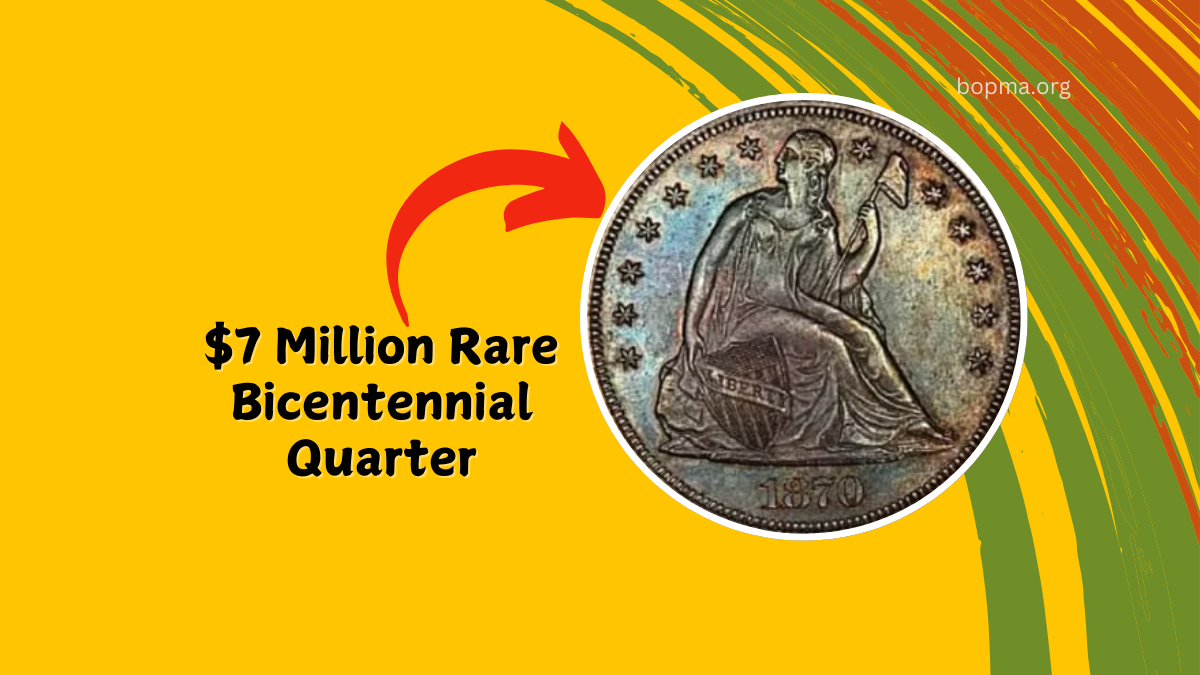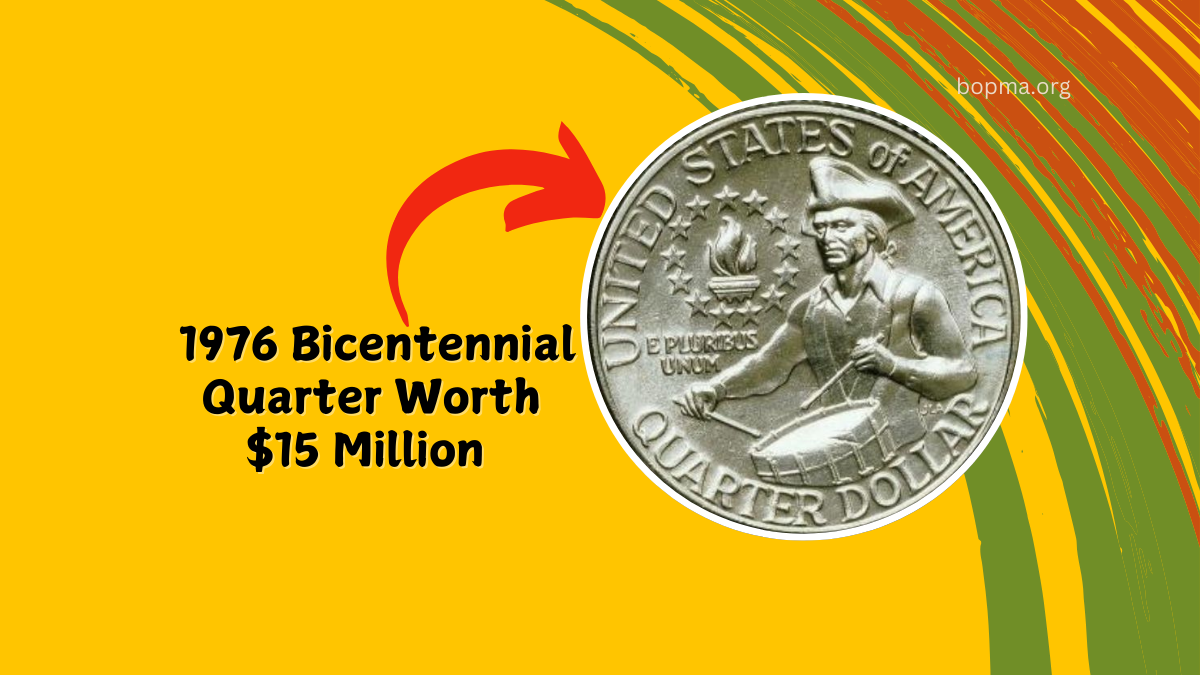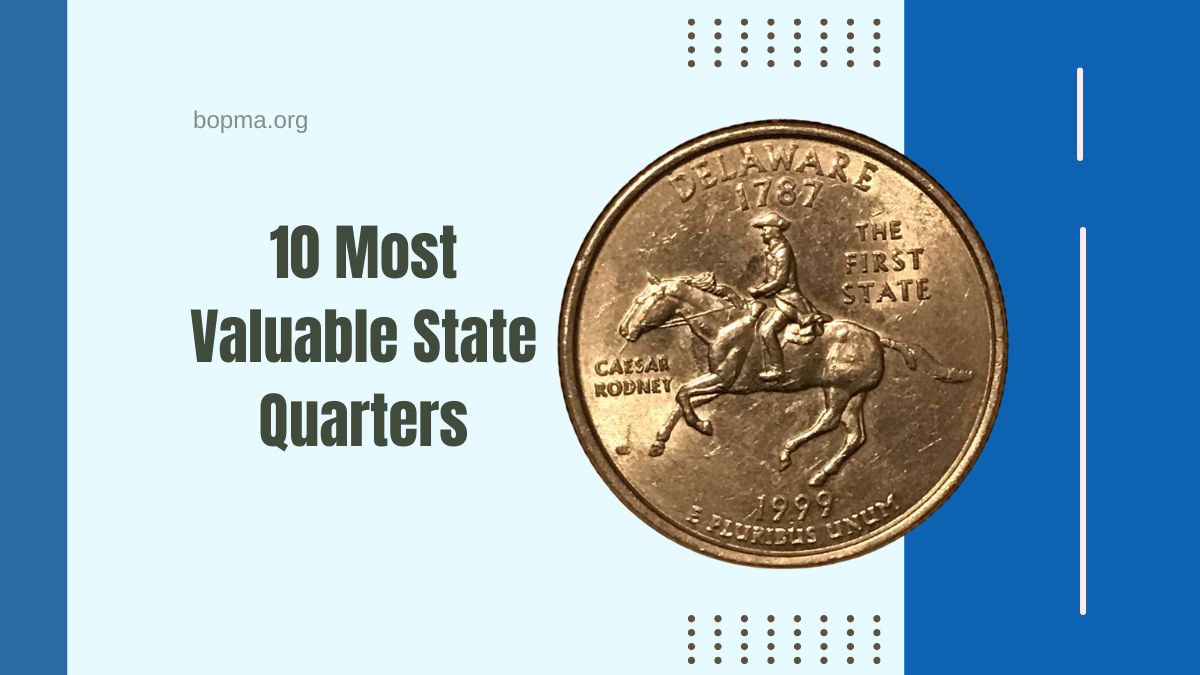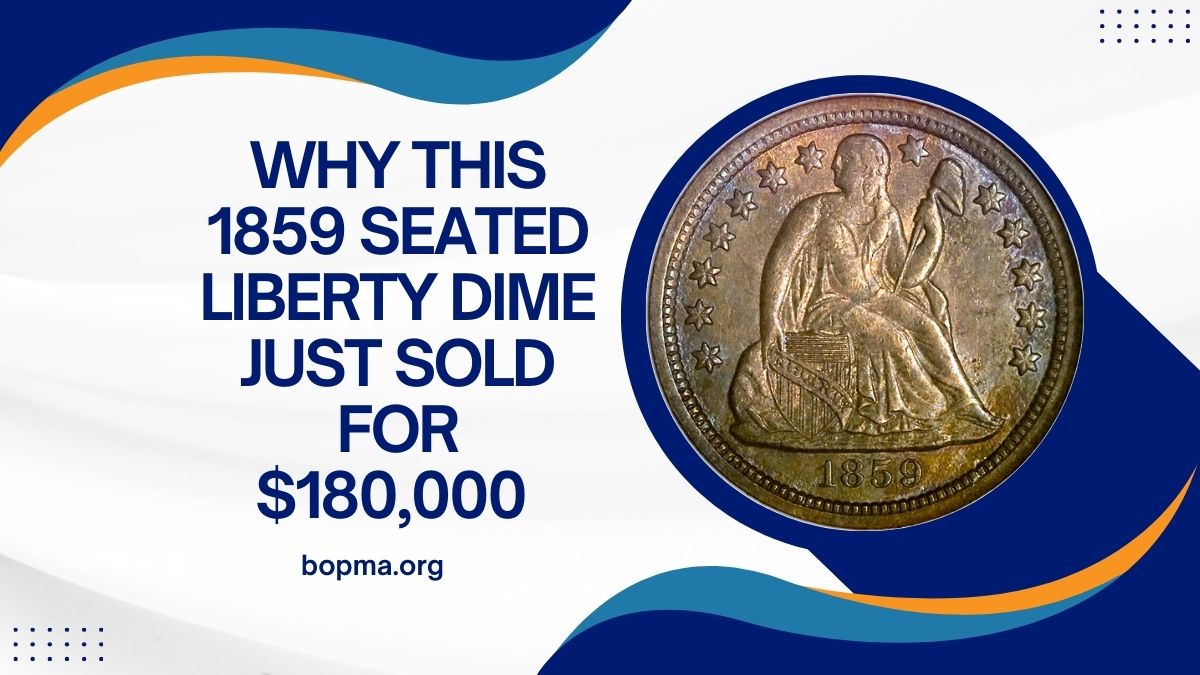A rare 1976 Bicentennial Quarter is nearing a value of $7 million, captivating numismatists and collectors alike. Known for its unique minting error, this coin stands out in American history. Let’s explore why this coin, and other historical treasures, are generating such immense interest.
1976 Bicentennial Quarter – The $7 Million Coin
The Bicentennial Quarter was minted to celebrate the 200th anniversary of the United States in 1976. While millions were made for circulation, only one unique version has risen to fame for its value.
This coin was mistakenly minted on a silver planchet, which was intended for other denominations. As a result, it lacks the copper-nickel blend of normal quarters, giving it its exceptional rarity.
Additionally, it carries no mint mark, increasing its appeal to collectors.
The Value of a Minting Error
The key factor contributing to the coin’s staggering value is its minting error. The silver planchet used in its creation makes the coin particularly valuable.
Collectors search for these types of mistakes because they are considered rare and extremely valuable in the world of numismatics.
Why No Mint Mark Matters?
Normally, U.S. coins bear a mint mark indicating where they were produced. The 1976 Bicentennial Quarter, however, was created without this mark.
This missing detail has added to its appeal, making it even more sought after by collectors who appreciate such unusual features.
The Coin’s Immaculate Condition
Another factor that contributes to the $7 million price tag of this coin is its pristine condition. Coins that are in excellent condition, particularly those that are error coins, can command record prices at auctions.
The combination of rarity and condition has led this particular quarter to approach such high valuations.
Other Coins Worth Millions
While the 1976 Bicentennial Quarter is reaching nearly $7 million, it’s not the only coin that has made headlines. There are several others from U.S. history that have fetched millions at auctions due to their rarity and historical significance.
Coins such as the 1933 Double Eagle and the 1794 Flowing Hair Silver Dollar continue to capture the imaginations of collectors.
| Coin Name | Year | Estimated Value | Key Features | Auction Price |
|---|---|---|---|---|
| 1933 Double Eagle | 1933 | $18.9 Million | Recalled during the Great Depression | $18.9 Million |
| 1794 Flowing Hair Silver Dollar | 1794 | $10 Million | First silver dollar minted by the U.S. | $10 Million |
| 1913 Liberty Head Nickel | 1913 | $4.5 Million | Only five known specimens | $4.5 Million |
| 2007 Queen Elizabeth II Million Dollar Coin | 2007 | $4 Million | Made from 100 kg of pure gold | $4 Million |
In conclusion, the 1976 Bicentennial Quarter is a testament to the world of numismatics and the incredible value that can be attached to rare coins.
As the coin nears $7 million, it underscores the fascination with rare artifacts that hold historical and monetary significance.
FAQs
Why is the 1976 Bicentennial Quarter so expensive?
The coin’s rarity, minting error, and excellent condition contribute to its massive value. It was made on a silver planchet and lacks the usual mint mark, making it highly sought after by collectors.
Is the 1933 Double Eagle the most expensive coin?
Yes, the 1933 Double Eagle currently holds the title for the most expensive coin, with a price of $18.9 million at auction.
Can the value of any coin increase in the future?
Rare coins, especially those with historical significance or minting errors, can significantly increase in value over time. Their worth depends on their condition and rarity.




